This blog traces the genealogy of Buena Vista Street, which we all know today as North Broadway. But it was not always so; Buena Vista Street has undergone several name changes over time, although its alignment has remained relatively constant. The pathway to Eternity No, this isn't a secret recipe for how to get to Heaven. Each of us has his or her own ideas about how that works. One of the first things that was required of the newly-formed pueblo that was Los Angeles in 1781 was to figure out how to dispose of those who died. We do not know the exact location of the first church, nor that of the Plaza, for that matter; but it is reasonable to assume that the first burials took place in a cemetery at, or near, the church itself. Eventually — and like the location of the first cemetery, the exact date is uncertain — the Catholic Church acquired some land a short distance to the northeast of the pueblo, at the mouth of a ravine against the base of the Stone Quarry Hills. The ravine was the second one to the East that came down from the hills and it became known as Cemetery Ravine, for obvious reasons. The exact location and size of the cemetery is well-documented, however, as shown on several early maps of the area, including this one from 1857. The street that led from Downtown to Calvary Cemetery was called Calle Eternidad, which was later Anglicized to Eternity Street Like all streets in Los Angeles, it was a dusty, unpaved street that, by the time it reached Calvary Cemetery, was little more than a trail for horses, burros, and wagons.
|
About the AuthorLawrence Bouett is a retired research scientist and registered professional engineer who now conducts historical and genealogical research full-time. A ninth-generation Californian, his primary historical research interests are Los Angeles in general and the Stone Quarry Hills in particular. His ancestors arrived in California with Portolá in 1769 and came to Los Angeles from Mission San Gabriel with the pobladores on September 4, 1781. Lawrence Bouett may be contacted directly here.
Archives
July 2018
Categories |
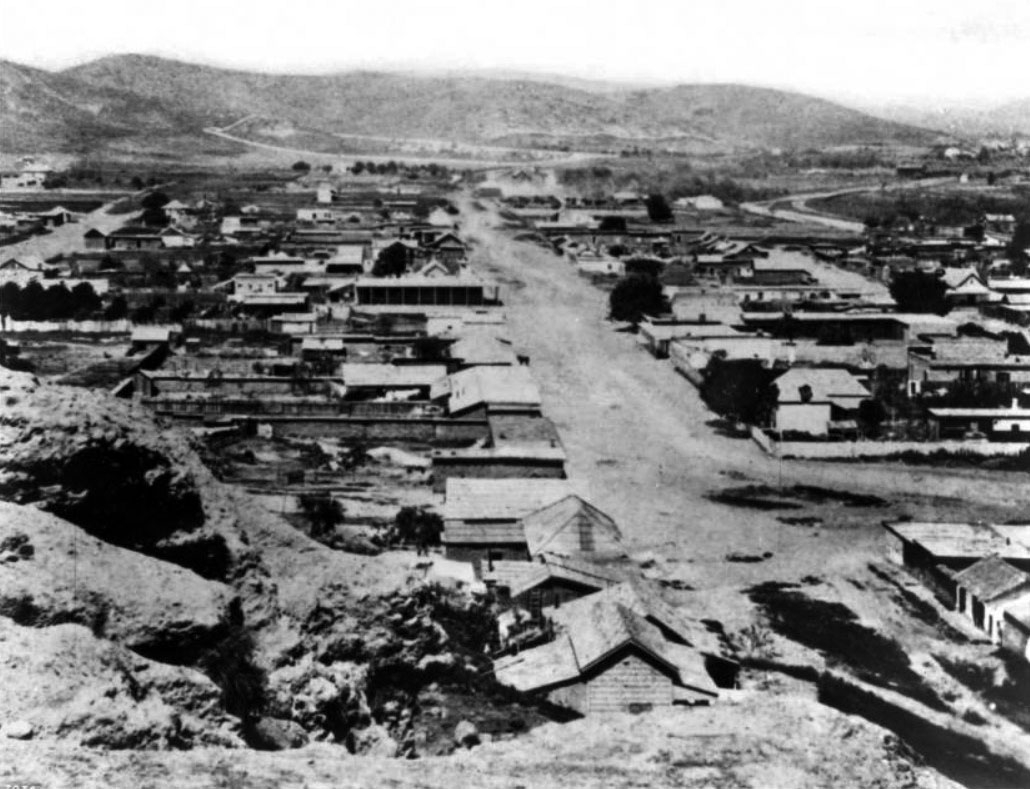
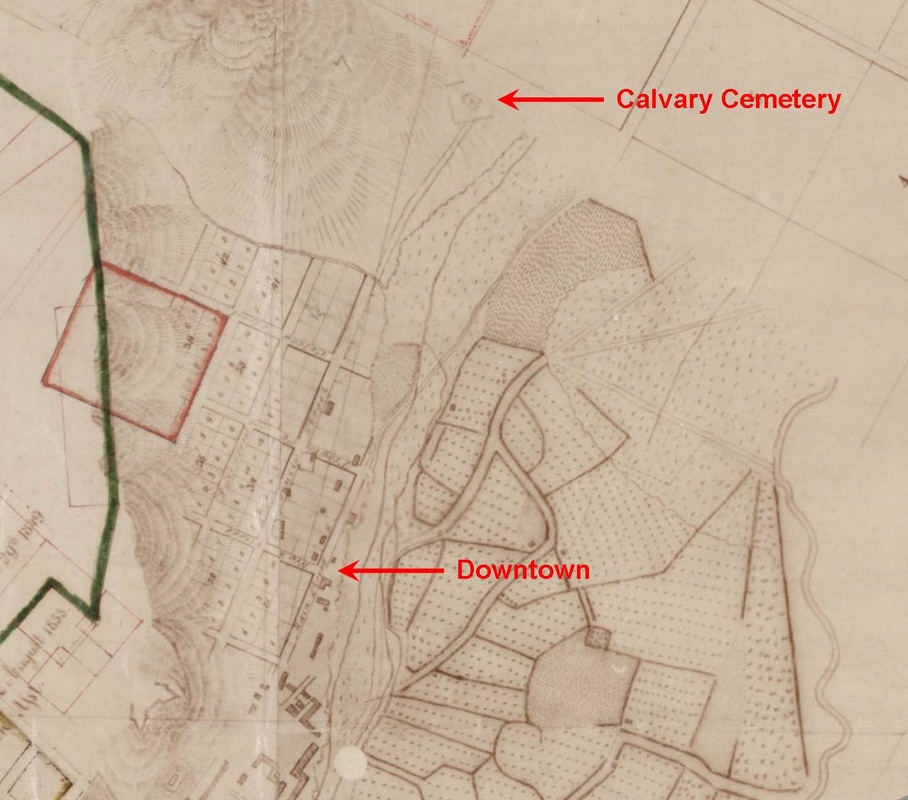
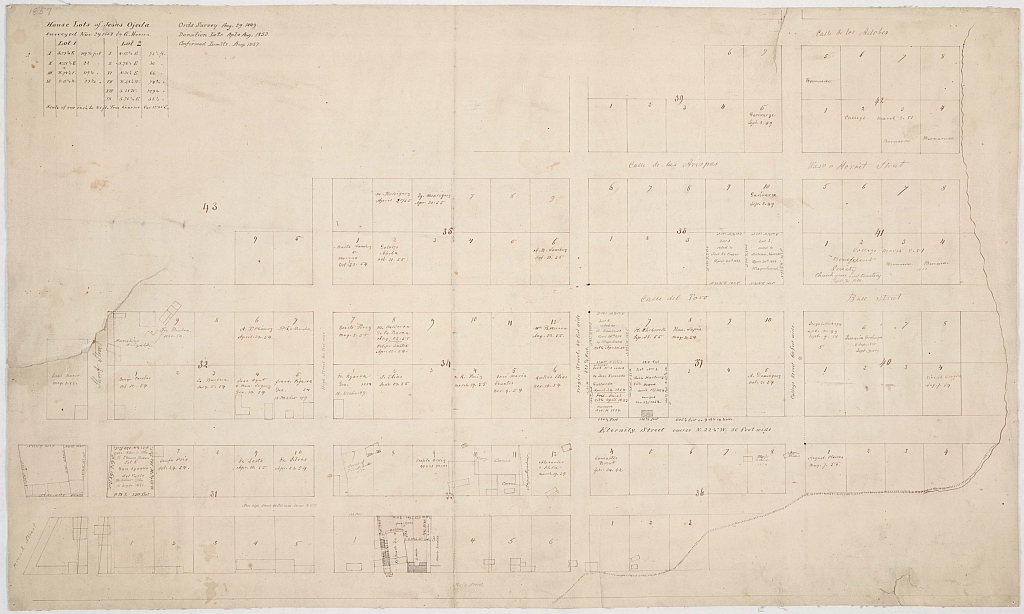
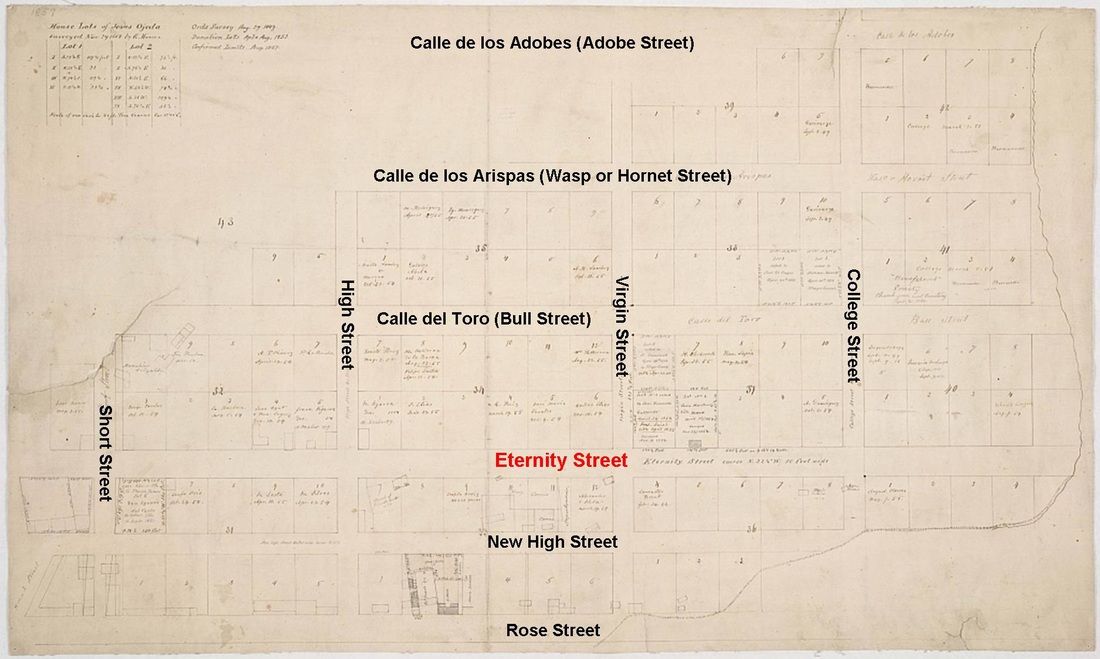
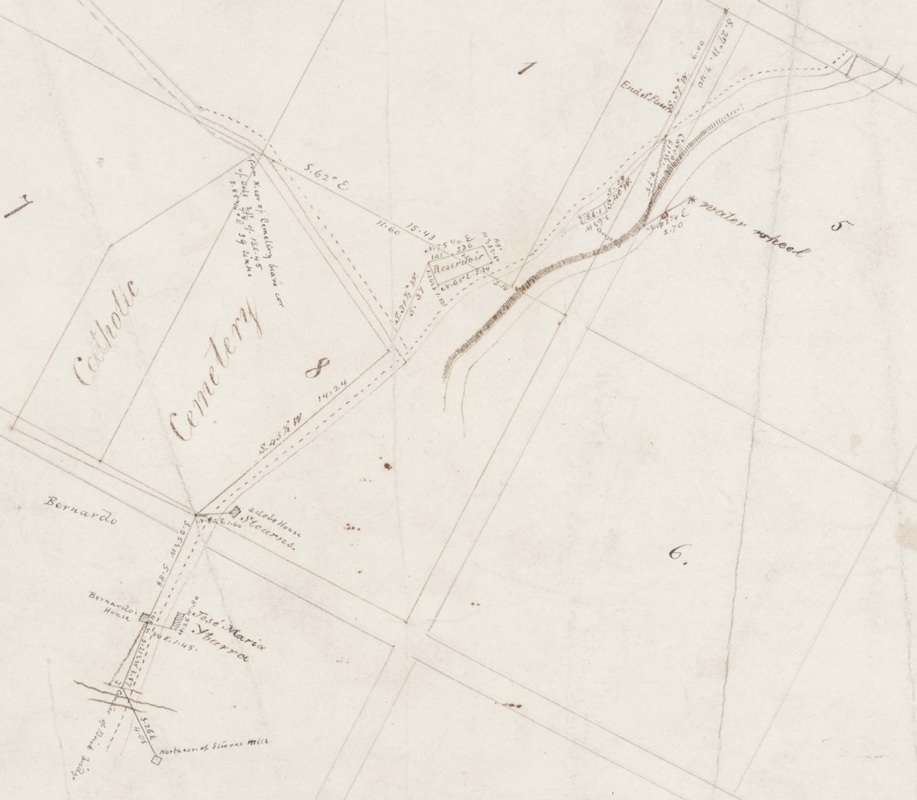
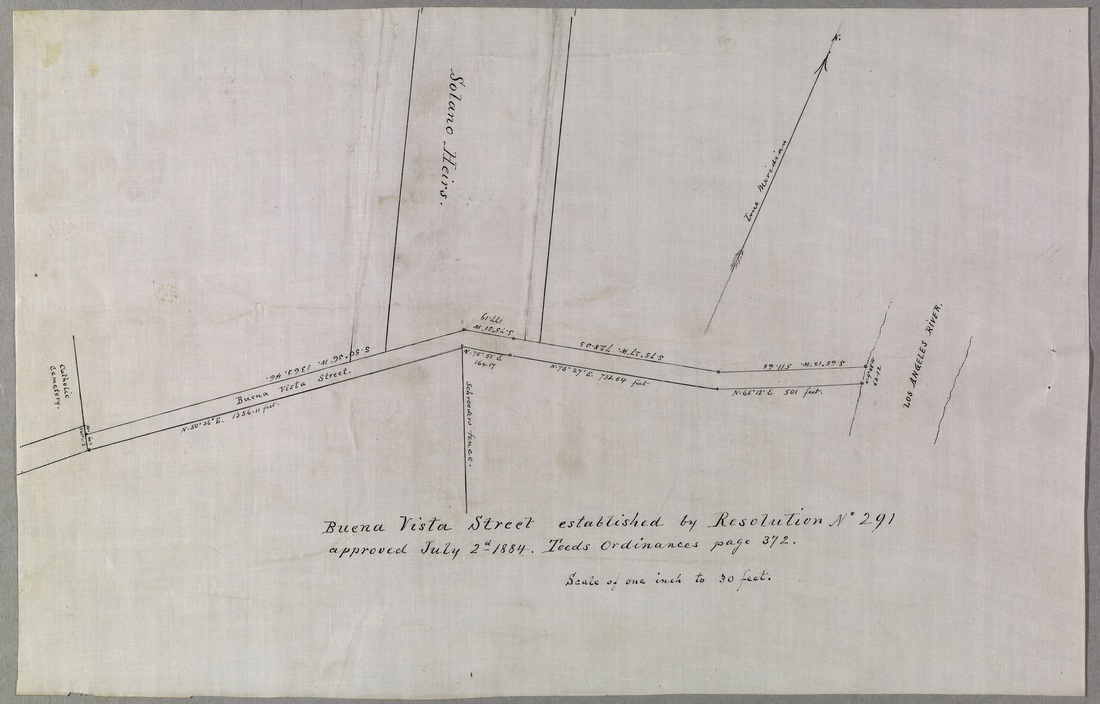
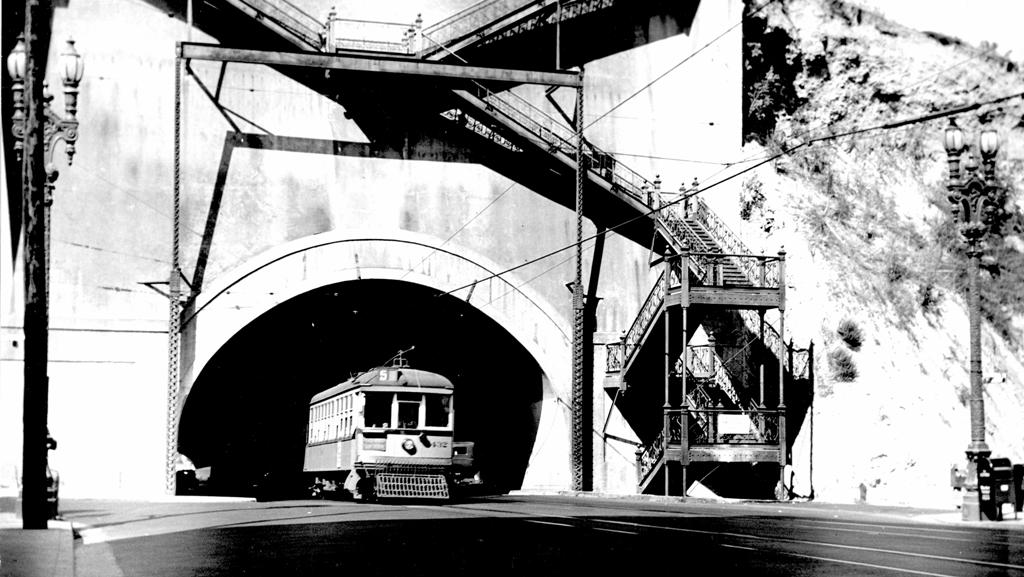

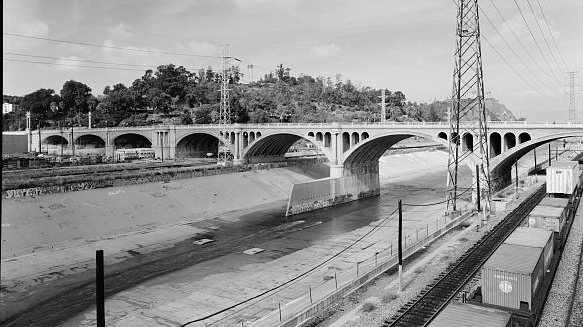
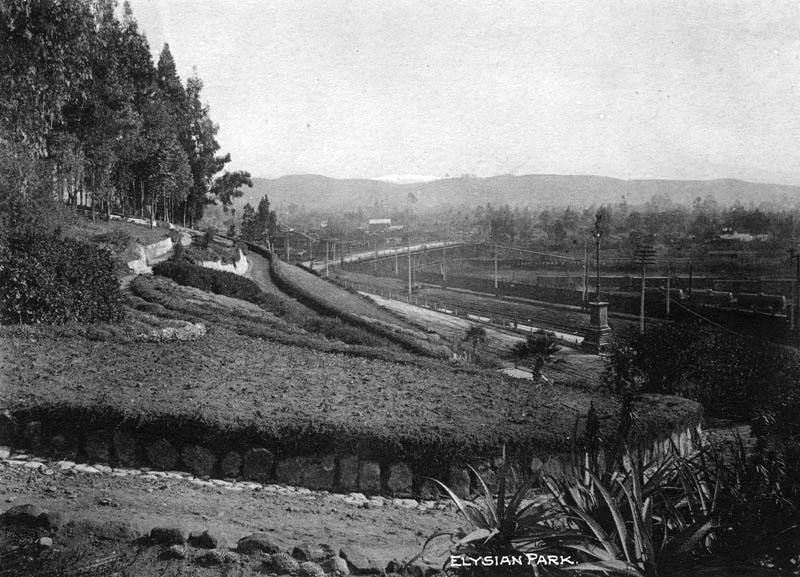
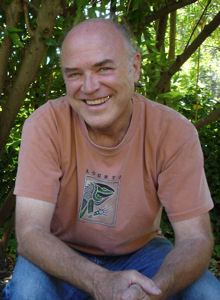
 RSS Feed
RSS Feed
